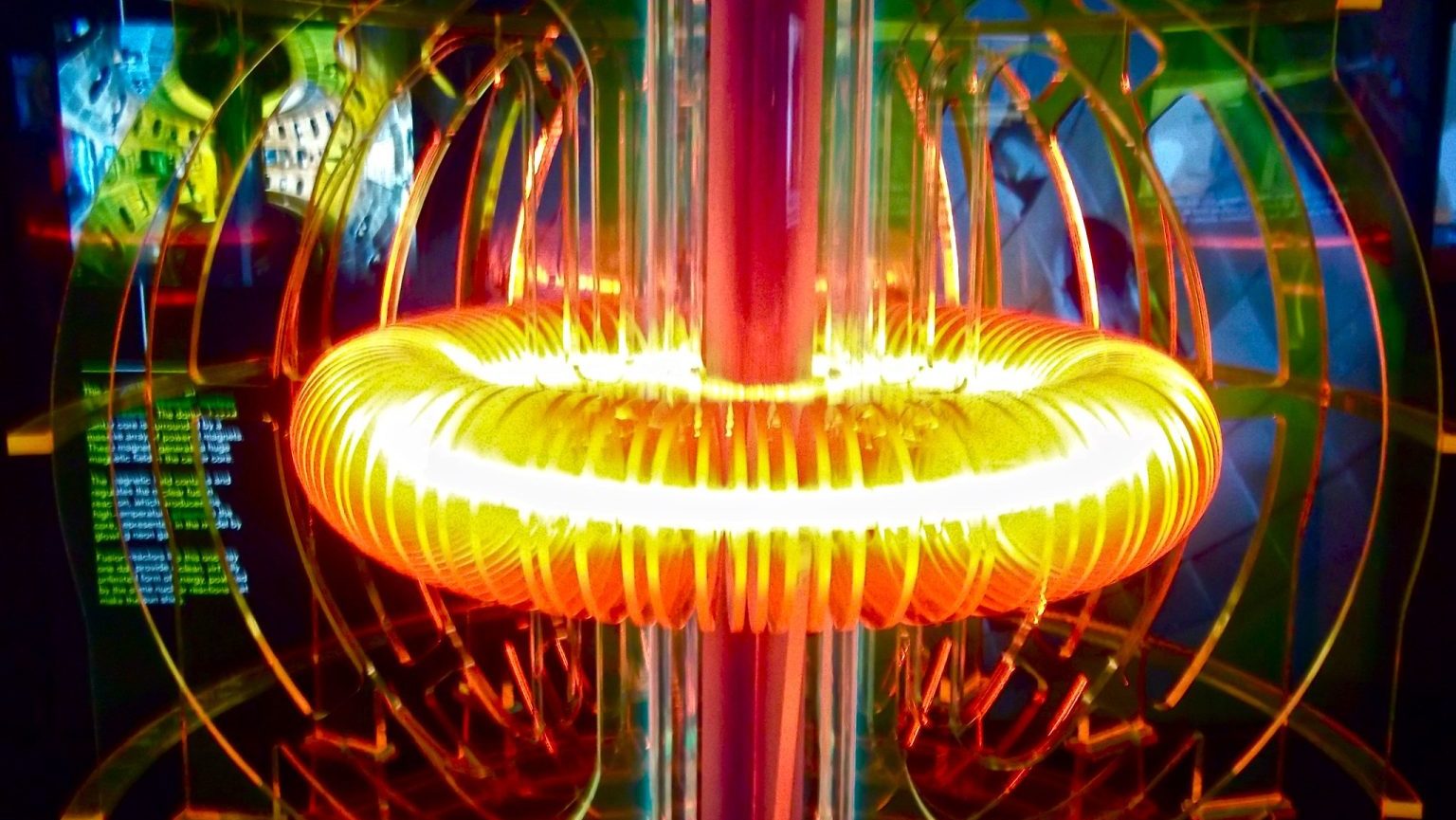Will Human Skin Revolutionize Batteries?

Research by Professor Christopher Bettinger of Carnegie Mellon University and his colleagues reveals that parts of human skin might be crucial to rethinking the manufacture of batteries. Specifically, melanin, the molecule that provides pigment to skin, has been shown to have helpful ion-controlling properties. The complex compound made up of carbon, oxygen, and nitrogen might be an unintuitive solution for creating batteries safe for use in human bodies, which is one of Bettinger’s goals.
According to an article by Emily Durham in Phys.org, Bettinger’s team began by studying different configurations of melanin and found that a tetrameter structure (that is, a ring of four parts) emitted “a surprisingly high voltage.” Professor Venkat Viswanathan, a mechanical engineer and co-author of the study, remarked that “this was surprising to us: that we could take this material from biology, and it could function potentially as a very good cathode material.” The implication is that melanin could play a crucial role in the development of medical devices. According to Bettinger, “If we could safely ingest devices, then we could overcome a lot of the issues we have with current implanted devices, such as infection and inflammation.” The development of batteries using melanin, then, would be instrumental in a making a wide range of medical technologies much safer.
Some observe that the production of melanin-batteries would require other innovations too. Given how complex melanin is, for example, The Economist reports, “To synthesize it on an industrial scale would surely require biotechnology rather than conventional chemistry.” But Nicola Guttridge, writing for New Scientist, offers an alternative solution: squid ink. Because squid ink is much more densely packed with melanin, Guttridge argues that it would function as an efficient source for the production of bio-batteries.
Bettinger’s research also has the potential to spark developments he did not consider. The Economist writes:
Intriguingly, though the uses Dr Bettinger has in mind do not need a rechargeable battery, one of the experimental models his team produced—that containing magnesium—could be recharged. This goes against conventional wisdom, for previous attempts to make a rechargeable magnesium battery have failed. Given the abundance and cheapness of magnesium, that may be useful information for battery engineers seeking to outdo modern lithium-ion batteries. If so, melanin or something like it might find itself in very high demand indeed.
Professor Bettinger’s research has the potential to revolutionize biomedical technologies and the manufacturing of batteries in general. Whether manufactured industrially or harvested from the discharge or squids, the pigment-producing parts of skin may very well soon transform what we picture when we think about batteries.





